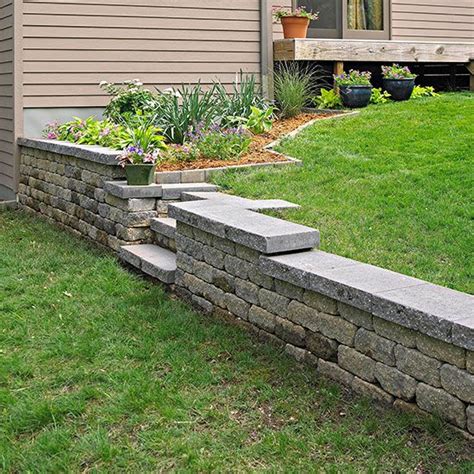Paver Pallet Guide: For DIY Enthusiasts
Creating stunning outdoor spaces doesn't require a hefty budget or professional landscaping skills. With a little creativity and the right resources, you can transform your yard or patio using paver pallets. This guide dives deep into the world of paver pallets, providing DIY enthusiasts with everything they need to know for a successful project.
What are Paver Pallets?
Paver pallets, also known as paving stone pallets, are essentially pre-assembled grids of paving stones. These pallets offer a convenient and efficient alternative to laying individual pavers, significantly speeding up the installation process. They come in various sizes, materials (like concrete, brick, or natural stone), and designs, allowing for considerable flexibility in your project. This makes them ideal for DIY projects, both large and small.
Choosing the Right Paver Pallet
Selecting the right paver pallet depends on several key factors:
- Size and Shape: Consider the overall dimensions of your project area. Measure carefully to determine how many pallets you'll need and whether you'll need to cut any to fit. Different pallet shapes, such as squares or rectangles, can create unique patterns.
- Material: Concrete pavers are generally the most affordable and widely available. Brick pavers offer a more rustic aesthetic, while natural stone provides a luxurious, high-end look but often comes at a premium price. Consider the durability and maintenance requirements of each material.
- Style and Color: Paver pallets come in a range of colors and styles to complement different landscape designs. Choose a style that complements your existing architecture and desired aesthetic.
- Weight: Consider the weight of the pallets, especially if you're working on your own. Heavier pallets might require additional assistance during installation.
Preparing Your Base: Crucial for Longevity
Proper base preparation is paramount to a successful and long-lasting paver pallet project. A poorly prepared base can lead to settling, cracking, and uneven surfaces. Here's a step-by-step guide:
- Clear the Area: Remove any existing vegetation, debris, or loose soil.
- Level the Ground: Use a rake and level to create a flat, even surface. Significant slopes may require additional grading.
- Compact the Soil: Use a hand tamper or plate compactor to compact the soil thoroughly. This prevents settling and ensures a stable base.
- Add a Base Layer (Optional but Recommended): For added stability, consider adding a layer of compacted gravel or crushed stone. This provides excellent drainage and further prevents settling.
Installing Your Paver Pallets: A Step-by-Step Guide
Once your base is prepared, installing the paver pallets is relatively straightforward:
- Layout: Dry-lay the pallets to visualize the final arrangement and make any necessary adjustments.
- Placement: Carefully place the pallets onto the prepared base, ensuring they are level and aligned.
- Fill Gaps (if necessary): Use sand or polymeric sand to fill any gaps between the pallets. This creates a seamless look and helps prevent weeds from growing.
- Compact (if necessary): Once the sand has been added, gently compact the surface to ensure a stable and even finish.
Maintaining Your Paver Pallet Patio or Pathway
With proper care, your paver pallet project can last for many years. Here are some essential maintenance tips:
- Regular Cleaning: Sweep or blow away leaves and debris regularly to prevent buildup.
- Weed Control: Address weeds promptly to prevent them from damaging the pavers or base.
- Resealing (Optional): Consider resealing your pavers every few years, especially if they're exposed to harsh weather conditions. This helps protect them from staining and damage.
Frequently Asked Questions
How long does it take to install paver pallets?
The installation time depends on the size of the project and your experience level. A small project can be completed in a few hours, while larger projects may take a day or more.
What tools do I need to install paver pallets?
You'll need measuring tools, a shovel, a rake, a tamper or compactor, and possibly a wheelbarrow. For larger projects, power tools might be beneficial for leveling and compacting.
Can I use paver pallets for driveways?
While paver pallets are suitable for patios and walkways, they're generally not recommended for driveways, especially those experiencing heavy vehicle traffic. Driveways require a more robust base and potentially a different type of paving material.
Are paver pallets expensive?
The cost of paver pallets varies depending on the material, size, and style. Generally, they offer a more affordable alternative to hiring a professional landscaper or purchasing individual pavers.
This comprehensive guide provides a solid foundation for DIY enthusiasts eager to create beautiful and functional outdoor spaces using paver pallets. Remember to always prioritize safety and proper preparation for a successful project. With careful planning and execution, you can enjoy your new paver pallet creation for years to come!

